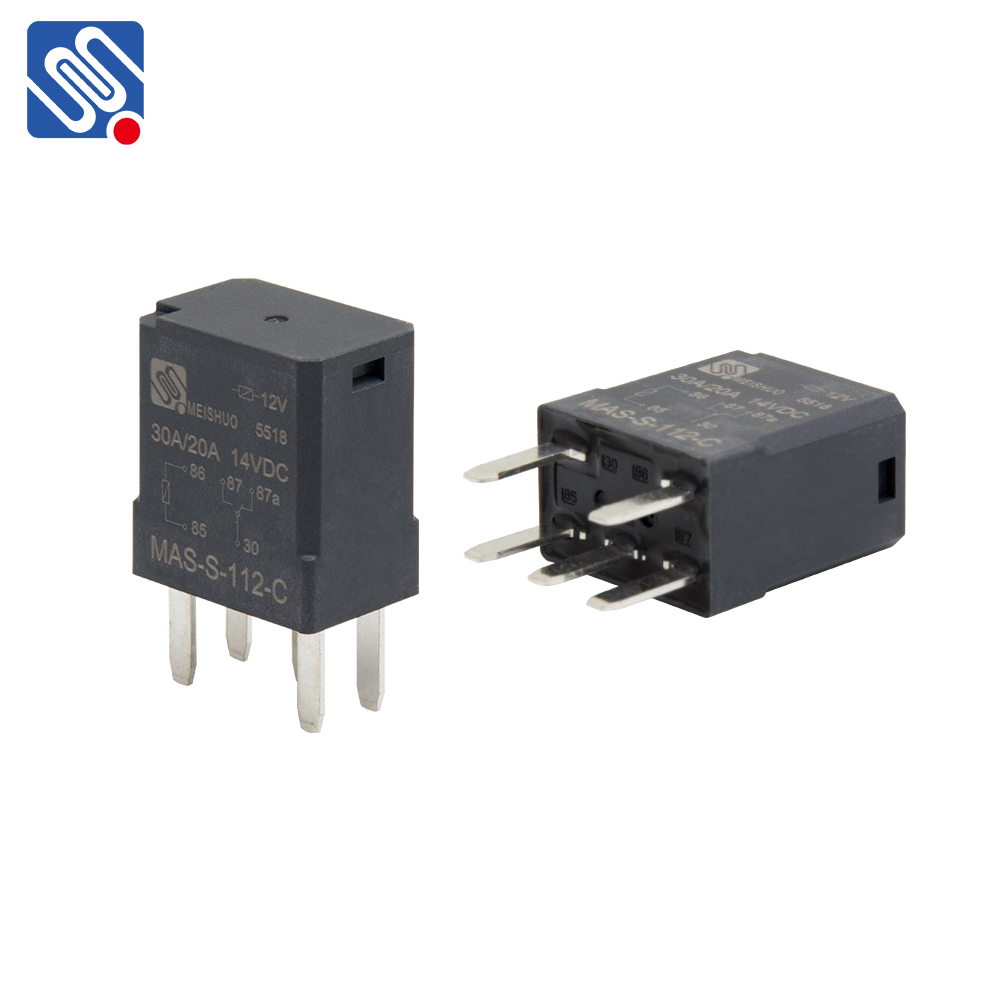Relay compatibility is a crucial consideration when designing or troubleshooting electrical systems, particularly in automation, control systems, and industrial applications. Relays are electro-mechanical devices used to control electrical circuits by opening and closing contacts in response to an input signal. Ensuring that relays are compatible with other system components is essential for achieving reliable operation, maximizing performance, and preventing damage to equipment. This article delves into the importance of relay compatibility, the factors influencing it, and how to assess whether a relay will function seamlessly within a given system.

The Role of Relays in Electrical Systems Relays serve as switches that allow low-power control circuits to operate high-power devices. They can be found in numerous applications, ranging from automotive circuits to industrial machinery, home appliances, and telecommunications systems. A relay typically consists of an electromagnet that, when energized, moves a mechanical arm to open or close contacts, thereby controlling the flow of current in a circuit. Relays are used to perform various tasks, such as turning devices on and off, protecting circuits from overloads, and enabling automated processes. Their primary function is to provide electrical isolation between control circuits and the devices they operate, allowing a control circuit to manage higher-voltage or higher-current devices without direct electrical contact.